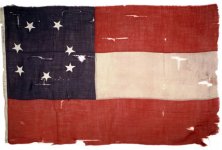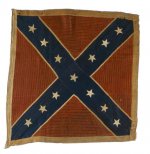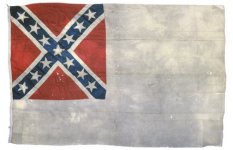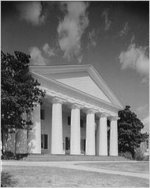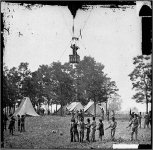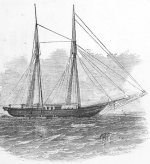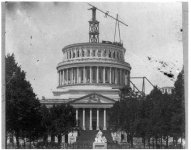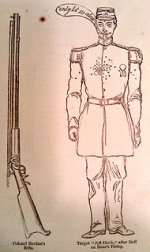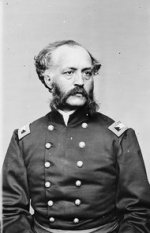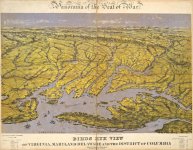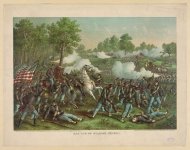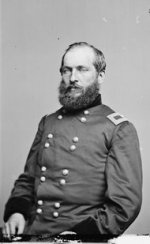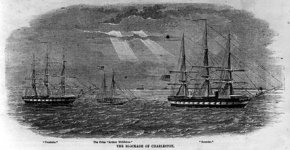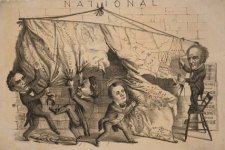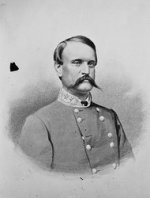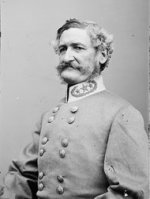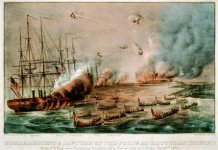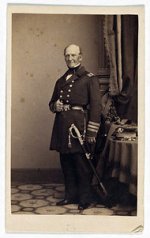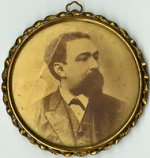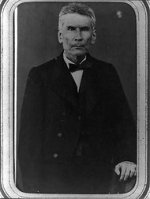jazzeum
Four Star General
- Joined
- Apr 23, 2005
- Messages
- 38,888
One of the most embarassing moments for Horace Greeley, the powerful publisher of the New York Tribune, was the by-product of his impatient calls for the out-and-out conquest of the South.
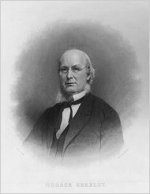
While Greeley was ill in the spring of 1861, his Washington correspondent, Fitz Henry Warren, filed a report, bellowing "On to Richmond!"
This was followed a month later by the managing editor, Charles Dana, placing on the masthead the words, among others, "Forward to Richmond! Forward to Richmond!"
When the Union troops were beaten at Bull Run, Greeley was heavily criticized by the public and his competition. Greeley tried to decline responsibility saying the words were his but none would have it.
Publicly, Greeley stood by his paper but privately he was falling apart and on the seventh night of his failure to sleep, he wrote Lincoln in a bleak mood, urging to him seek peace if defeat was on the horizon. Lincoln didn't reply.
Greeley eventually recovered and as the author notes "on more than one occasion as the conflict wore on, Greeley would swing pendulously form wild optimism to perfect anguish. That Lincoln was able to continue on amidst stunning reversals is precisely why he would eventually be considered a great man."
The article can be accessed here.

While Greeley was ill in the spring of 1861, his Washington correspondent, Fitz Henry Warren, filed a report, bellowing "On to Richmond!"
This was followed a month later by the managing editor, Charles Dana, placing on the masthead the words, among others, "Forward to Richmond! Forward to Richmond!"
When the Union troops were beaten at Bull Run, Greeley was heavily criticized by the public and his competition. Greeley tried to decline responsibility saying the words were his but none would have it.
Publicly, Greeley stood by his paper but privately he was falling apart and on the seventh night of his failure to sleep, he wrote Lincoln in a bleak mood, urging to him seek peace if defeat was on the horizon. Lincoln didn't reply.
Greeley eventually recovered and as the author notes "on more than one occasion as the conflict wore on, Greeley would swing pendulously form wild optimism to perfect anguish. That Lincoln was able to continue on amidst stunning reversals is precisely why he would eventually be considered a great man."
The article can be accessed here.


